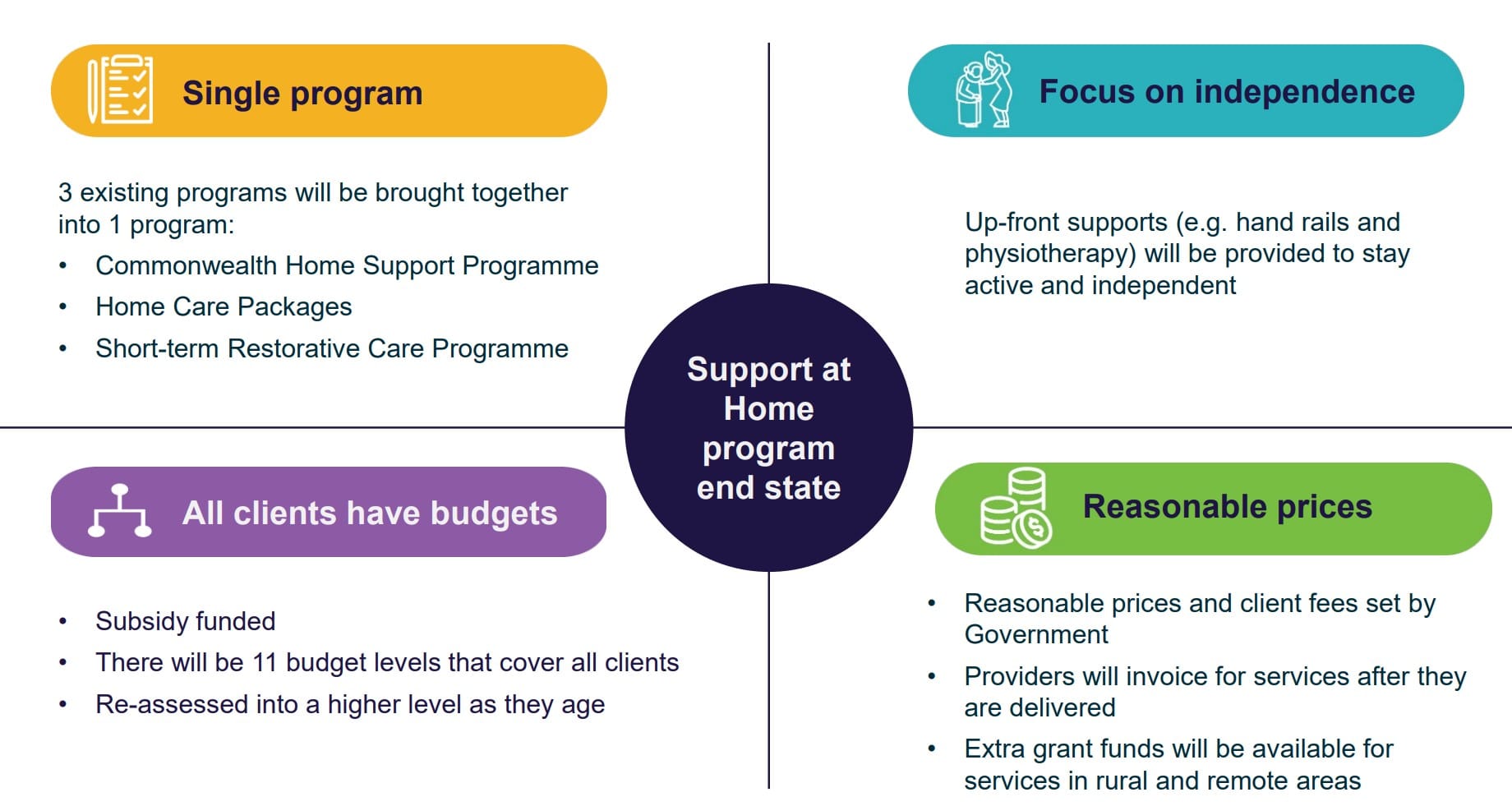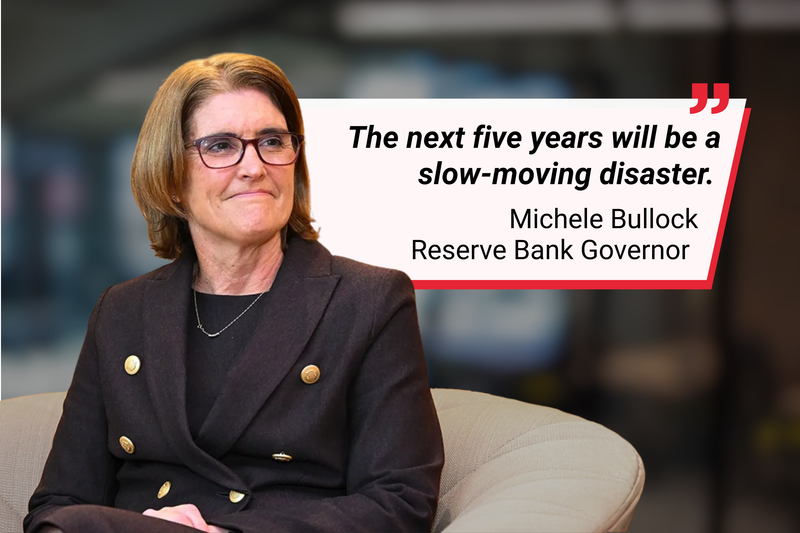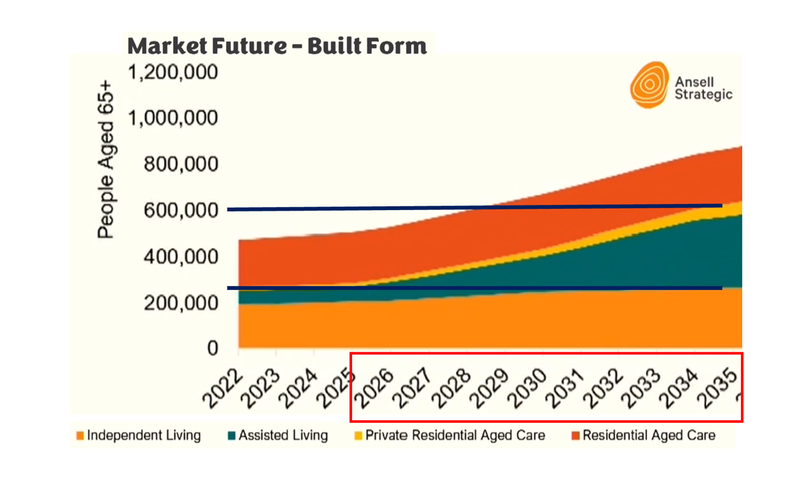Opinion: Level 5 Home Care Packages could be a game-changer for aged care and village operators
The Department of Health and Aged Care is still weighing up a higher-level classification for the new Support at Home Program – and this could have big ramifications for the ageing sector. Currently, there are only four levels of Home Care...

The Department of Health and Aged Care is still weighing up a higher-level classification for the new Support at Home Program – and this could have big ramifications for the ageing sector. Currently, there are only four levels of Home Care Package, with a Level 4 Package tapping out at $59,410. But as we report in this issue, the Department has indicated that the new Program – due to start from 1 July 2025 – will include a higher-level classification as one of its major changes.
“So if you like the equivalent of a home care package, level five will be introduced from July 2025,” Nick Morgan, Assistant Secretary, Support at Home Reform Branch, told a Q & A webinar on the new Program last Thursday.
It’s not the first time that a higher-level classification has been mooted. During the Aged Care Royal Commission, one of the topics up for debate was the need for a Level 5 or higher Package to provide a higher level of support at home as well as more classifications. StewartBrown has advocated strongly for more classification levels over the years, arguing that smaller funding gaps between Packages would reduce the amount of unspent funds – now siting at $2.8 billion at last count – being accumulated by ensuring people received funding matched to their assessed need. The Department has previously stated in its webinars that it is considering 11 classifications with the two lowest levels aligning with the Commonwealth Home Support Programme (CHSP) – including a higher-level classification above a Level 4 Home Care Package. But this latest one suggests that a Level 5 Package is firming up as a serious possibility.
A win-win for operators and care recipients
Consider this: if an individual has say $80,000 in their Package, that is a significant amount of funds at their disposal. Compare this to residential aged care where one operator told us recently that it costs them around $120,000 a year to support someone. Data shows that most home care recipients currently spend their funds on domestic assistance, cleaning and home maintenance. With more cash in their Package, it could be used to cover a wider range of health care services, such as allied health, to support them to live well. If that person is living in a retirement village, they will already have access to home maintenance and community facilities – meaning their funds will go even further. If the Government also comes to the party on enabling village residents to pool their funds, that is another tick in the box. The Department has also signalled that a separate assistive technology and home modifications scheme will be established under the Program – so care recipients won’t need to use their funds for big purchases such as mobility scooters. Instead, all their funds can go into staying independent – and living healthier – as long as possible. This could open up new opportunities for both home care providers and villages to diversify their services and income streams – and deliver more career pathways for their workforce. It would be a win-win all round – watch this space then.






